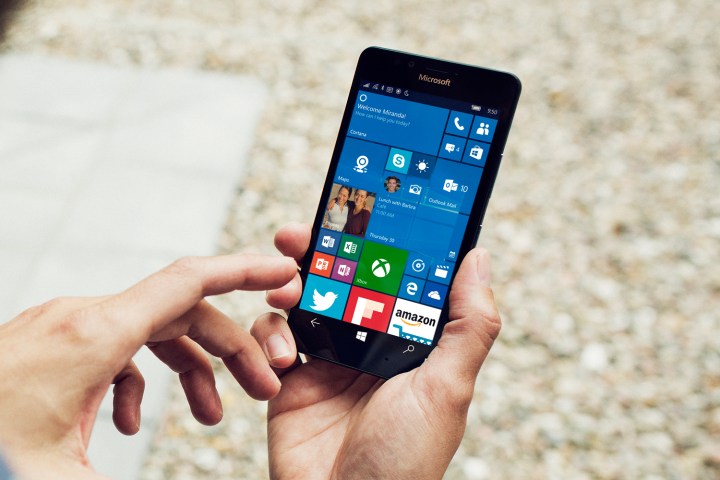
Microsoft has been laying off thousands of employees since 2015 — it first announced 7,800 job cuts last July, most of which were tied to its mobile division. Then it sold off Nokia’s feature phone business to HMD Group for $350 million, and transferred 4,500 employees to FIH Mobile — a subsidiary of Foxconn and HMD. In the same month it announced 1,850 job cuts — 1,350 of which were from its mobile division in Finland. Finally, it hardly mentioned Windows Phone at its Build 2016, its annual developer conference. Notice a trend?
The new job cuts are an “extension” of a restructuring plan, and they still primarily affect Microsoft’s phone hardware and sales divisions.
“In the fourth quarter of 2016, management approved restructuring plans that would result in job eliminations, primarily across our smartphone hardware business and global sales,” the company says in the 10-K filing to the Securities and Exchange Commission. “In addition to the elimination of 1,850 positions that were announced in May 2016, approximately 2,850 roles globally will be reduced during the year as an extension of the earlier plan, and these actions are expected to be completed by the end of fiscal year 2017.”
Is it safe to say that Microsoft’s mobile interests are dead? Probably not, as rumors of a Surface Phone continue to bubble. Still, these job cuts are certainly not a good sign for anyone hoping for a Windows Mobile come back. Microsoft did not immediately respond to requests for comment.
Microsoft announced its fourth quarter earnings last week, and the company reported $5.5 billion in net income. In the SEC filing, the company also mentions exactly how many Lumia and other phones it sold in the 2016 fiscal year.
“Phone revenue decreased $4.2 billion or 56 percent, as we sold 13.8 million Microsoft Lumia phones and 75.5 million other phones in fiscal year 2016, compared with 36.8 million and 126.8 million sold, respectively, in fiscal year 2015.”
Microsoft’s Windows Phone market share sank below 1 percent in May, according to Gartner’s sales report. The company recently had to scale back its estimates of having Windows 10 on 1 billion devices by 2018 — in part due to poor Windows 10 Mobile sales.
Still, the company is doing well with its cloud business, and revenue from its Surface lineup increased 13 percent, thanks to the release of the Surface Pro 4, the Surface Book, and the Surface Pro 3.


